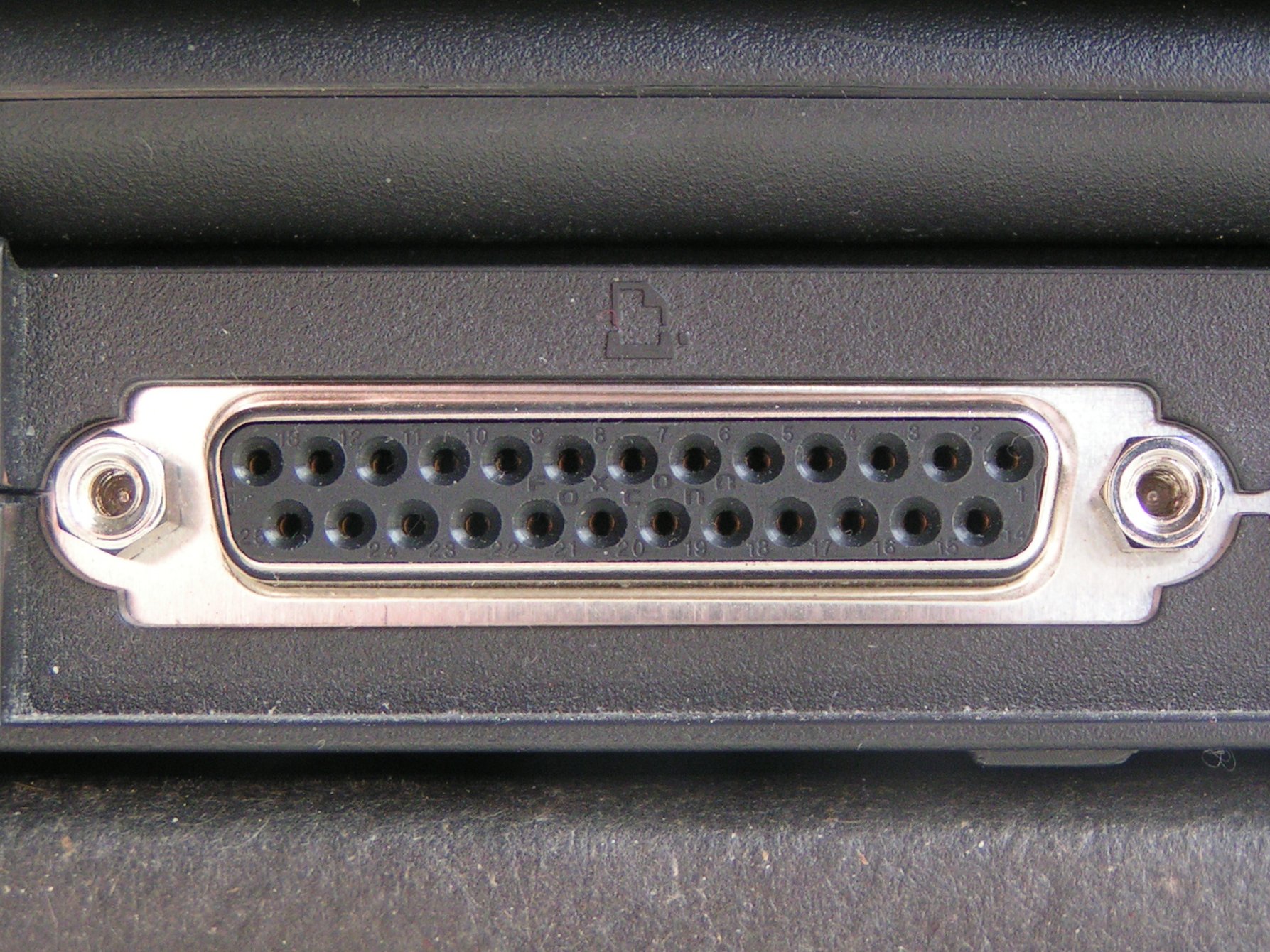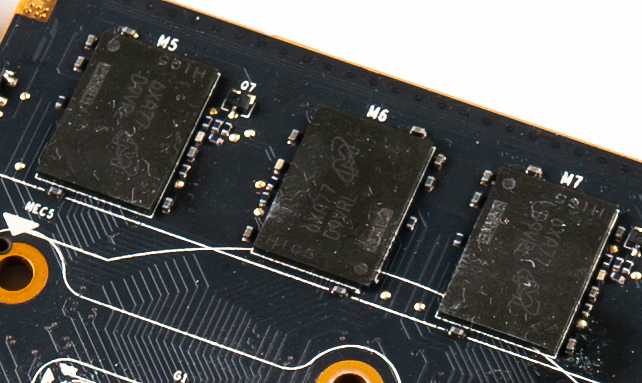|
Philips NMS 8245
The Philips NMS 8245 is a personal computer released by Philips in 1987 as part of its MSX2 line of computers. The NMS 8245, being compatible with the MSX2 standard, benefitted from the improvements introduced over the original MSX system, which include better graphical performance, more memory, and support for hardware sprites and smooth scrolling, which made it a popular choice for video games. However, like other MSX systems, it faced competition from other home computers such as the Commodore 64, Amiga, and Atari ST. Description The NMS (New Media Systems) branding reflected Philips' efforts to market the machine with a focus on multimedia, contrary to the previous VG (Video Game) series machines . This was reinforced by offering the machine with three software discs: ''MSX-DOS 1'', ''Ease'' (a multilingual office suite) and ''Designer Plus'' (a drawing program). The Philips NMS 8245 features a black and silver plastic casing with an integrated keyboard, similar to the VG- ... [...More Info...] [...Related Items...] OR: [Wikipedia] [Google] [Baidu] |
MSX-DOS
MSX-DOS is a discontinued disk operating system developed by Microsoft's Japan subsidiary for the 8-bit home computer standard MSX, and is a cross between MS-DOS v1.25 and CP/M-80 v2.2. MSX-DOS MSX-DOS and the extended BASIC with 3½-inch floppy disk support were simultaneously developed by Microsoft and ASCII Corporation as a software and hardware standard for the MSX home computer standard, to add disk capabilities to BASIC and to give the system a cheaper software medium than Memory Cartridges, and a more powerful storage system than cassette tape. The standard BIOS of an unexpanded MSX computer had no built-in disk support, but provided hooks for a disk extension, so the additional floppy disk expansion system came with its own BIOS extension ROM (built-in on the disk controller) called the BDOS. This BIOS not only added floppy disk support commands to MSX BASIC, but also a booting system, with which it was possible to boot a real disk operating system. MSX-DOS w ... [...More Info...] [...Related Items...] OR: [Wikipedia] [Google] [Baidu] |
Italy
Italy, officially the Italian Republic, is a country in Southern Europe, Southern and Western Europe, Western Europe. It consists of Italian Peninsula, a peninsula that extends into the Mediterranean Sea, with the Alps on its northern land border, as well as List of islands of Italy, nearly 800 islands, notably Sicily and Sardinia. Italy shares land borders with France to the west; Switzerland and Austria to the north; Slovenia to the east; and the two enclaves of Vatican City and San Marino. It is the List of European countries by area, tenth-largest country in Europe by area, covering , and the third-most populous member state of the European Union, with nearly 59 million inhabitants. Italy's capital and List of cities in Italy, largest city is Rome; other major cities include Milan, Naples, Turin, Palermo, Bologna, Florence, Genoa, and Venice. The history of Italy goes back to numerous List of ancient peoples of Italy, Italic peoples—notably including the ancient Romans, ... [...More Info...] [...Related Items...] OR: [Wikipedia] [Google] [Baidu] |
MSX2 Microcomputer
MSX is a standardized home computer architecture, announced by ASCII Corporation on June 16, 1983. It was initially conceived by Microsoft as a product for the Eastern sector, and jointly marketed by Kazuhiko Nishi, the director at ASCII Corporation. Microsoft and Nishi conceived the project as an attempt to create unified standards among various home computing system manufacturers of the period, in the same fashion as the VHS standard for home video tape machines. The first MSX computer sold to the public was a Mitsubishi ML-8000, released on October 21, 1983, thus marking its official release date. MSX systems were popular in Japan and several other countries. There are differing accounts of MSX sales. One source claims 9 million MSX units were sold worldwide, including in Japan alone, whereas ASCII Corporation founder Kazuhiko Nishi claims that 3 million were sold in Japan, and 1 million overseas. Despite Microsoft's involvement, few MSX-based machines were released in the ... [...More Info...] [...Related Items...] OR: [Wikipedia] [Google] [Baidu] |
Operating System
An operating system (OS) is system software that manages computer hardware and software resources, and provides common daemon (computing), services for computer programs. Time-sharing operating systems scheduler (computing), schedule tasks for efficient use of the system and may also include accounting software for cost allocation of Scheduling (computing), processor time, mass storage, peripherals, and other resources. For hardware functions such as input and output and memory allocation, the operating system acts as an intermediary between programs and the computer hardware, although the application code is usually executed directly by the hardware and frequently makes system calls to an OS function or is interrupted by it. Operating systems are found on many devices that contain a computerfrom cellular phones and video game consoles to web servers and supercomputers. , Android (operating system), Android is the most popular operating system with a 46% market share, followed ... [...More Info...] [...Related Items...] OR: [Wikipedia] [Google] [Baidu] |
RGB Monitor
Component video is an analog video signal that has been split into two or more component channels. In popular use, it refers to a type of component analog video (CAV) information that is transmitted or stored as three separate signals. Component video can be contrasted with ''composite video'' in which all the video information is combined into a single signal that is used in analog television. Like composite, component cables do not carry audio and are often paired with audio cables. When used without any other qualifications, the term ''component video'' usually refers to analog component video with sync on luma (Y) found on analog high-definition televisions and associated equipment from the 1990s through the 2000s when they were largely replaced with HDMI and other all-digital standards. Component video cables and their RCA jack connectors on equipment are normally color-coded red, green and blue, although the signal is not in RGB. YPbPr component video can be losslessl ... [...More Info...] [...Related Items...] OR: [Wikipedia] [Google] [Baidu] |
SCART
SCART (also known as or , especially in France, 21-pin EuroSCART in marketing by Sharp Corporation, Sharp in Asia, Euroconector in Spain, EuroAV or EXT, or EIA Multiport in the United States, as an EIA interface) is a French-originated standard and associated 21-pin connector for connecting audio-visual (AV) equipment. The name SCART comes from , "Radio and Television Receiver Manufacturers' Association", the French organisation that created the connector in the mid-1970s. The related European standard EN 50049 was refined and published in 1978 by CENELEC, calling it ''péritelevision'', but it is commonly called by the abbreviation ''péritel'' in French. The signals carried by SCART include both composite video, composite and Component video#RGB analog component video, RGB (with composite synchronisation) video, stereo sound reproduction, audio input/output and digital signalling. SCART is also capable of carrying S-Video signals, using the red pins for chroma. A TV can be wok ... [...More Info...] [...Related Items...] OR: [Wikipedia] [Google] [Baidu] |
Composite Monitor
A composite monitor or composite video monitor is any analog video display that receives input in the form of an analog composite video signal to a defined specification. A composite video signal encodes all information on a single conductor; a composite cable has a single live conductor plus earth. Other equipment with display functionality includes monitors with more advanced interfaces and connectors giving a better picture, including analog VGA, and digital DVI, HDMI, and DisplayPort; and television (TV) receivers which are self-contained, receiving and displaying video RF broadcasts received with an internal tuner. Video monitors are used for displaying computer output, closed-circuit television (e.g. security cameras) and other applications requiring a two-dimensional monochrome or colour image. Inputs Composite monitors usually use RCA jacks or BNC connectors for video input. Earlier equipment (1970s) often used UHF connectors. Typically simple composite monito ... [...More Info...] [...Related Items...] OR: [Wikipedia] [Google] [Baidu] |
DIN Connector
The DIN connector is an electrical signal connector that was standardized by the (DIN), the German Institute for Standards, in the mid 1950s, initially with three pins for mono, but when stereo connections and gear appeared in the late 1950s, versions with five pins or more were made. The male DIN connectors (plugs) feature a 13.2 mm diameter metal shield with a notch that sets the orientation in which plug and socket can mate. The range of DIN connectors, different only in the configuration of the pins, has been standardized as DIN 41524 / IEC/DIN EN 60130-9 (3-pin at 90° and 5-pin at 45°); DIN 45322 (5-pin and 6-pin at 60°); DIN 45329 / IEC/DIN EN 60130–9 (7-pin at 45°); and DIN 45326 / IEC/DIN EN 60130-9 (8-pin at 45°). In consumer electronics, the cylindrical connectors were adopted for analog audio signals. Some DIN connectors have been used in analog video applications, for power connections, and for digital interfaces, such as the MIDI (DIN 41524), the IBM ... [...More Info...] [...Related Items...] OR: [Wikipedia] [Google] [Baidu] |
Game Port
The game port is a device port that was found on IBM PC compatible and other computer systems throughout the 1980s and 1990s. It was the traditional connector for joystick input, and occasionally MIDI devices, until made obsolete by USB in the late 1990s. Originally located on a dedicated Game Control Adapter expansion card, the game port was later integrated with PC sound cards, and still later on the PC's motherboard. During the transition to USB, many input devices used the game port and a USB adapter dongle was included for systems without a game port. History Pre-IBM game ports At the time IBM was developing its game port, there was no industry standard for controller ports, although the Atari joystick port was close. It was introduced in 1977 with the Atari Video Computer System, and was later used on the VIC-20 (1980), Commodore 64 (1982), and Amstrad's PC1512 (1986). In contrast with the IBM design, the Atari port was primarily designed for digital inputs (includ ... [...More Info...] [...Related Items...] OR: [Wikipedia] [Google] [Baidu] |
Parallel Port
In computing, a parallel port is a type of interface found on early computers ( personal and otherwise) for connecting peripherals. The name refers to the way the data is sent; parallel ports send multiple bits of data at once (parallel communication), as opposed to serial communication, in which bits are sent one at a time. To do this, parallel ports require multiple data lines in their cables and port connectors and tend to be larger than contemporary serial ports, which only require one data line. There are many types of parallel ports, but the term has become most closely associated with the printer port or Centronics port found on most personal computers from the 1970s through the 2000s. It was an industry ''de facto'' standard for many years, and was finally standardized as IEEE 1284 in the late 1990s, which defined the Enhanced Parallel Port (EPP) and Extended Capability Port (ECP) bi-directional versions. Today, the parallel port interface is virtually non ... [...More Info...] [...Related Items...] OR: [Wikipedia] [Google] [Baidu] |
Video Random-access Memory
Video random-access memory (VRAM) is dedicated computer memory used to store the pixels and other graphics data as a framebuffer to be rendered on a computer monitor. It often uses a different technology than other computer memory, in order to be read quickly for display on a screen. Relation to GPUs Many modern GPUs rely on VRAM. In contrast, a GPU that does ''not'' use VRAM, and relies instead on system RAM, is said to have a unified memory architecture, or shared graphics memory. System RAM and VRAM have been segregated due to the bandwidth requirements of GPUs, and to achieve lower latency, since VRAM is physically closer to the GPU die. Modern VRAM is typically found in a Ball grid array, BGA package soldered onto a graphics card. The VRAM is cooled along with the GPU by the GPU heatsink. Technologies * Dual-ported video RAM, used in the 1990s and at the time often called "VRAM" * SGRAM * GDDR SDRAM * High Bandwidth Memory (HBM) See also * Graphics processing unit * ... [...More Info...] [...Related Items...] OR: [Wikipedia] [Google] [Baidu] |
Random-access Memory
Random-access memory (RAM; ) is a form of Computer memory, electronic computer memory that can be read and changed in any order, typically used to store working Data (computing), data and machine code. A random-access memory device allows data items to be read (computer), read or written in almost the same amount of time irrespective of the physical location of data inside the memory, in contrast with other direct-access data storage media (such as hard disks and Magnetic tape data storage, magnetic tape), where the time required to read and write data items varies significantly depending on their physical locations on the recording medium, due to mechanical limitations such as media rotation speeds and arm movement. In today's technology, random-access memory takes the form of integrated circuit (IC) chips with MOSFET, MOS (metal–oxide–semiconductor) Memory cell (computing), memory cells. RAM is normally associated with Volatile memory, volatile types of memory where s ... [...More Info...] [...Related Items...] OR: [Wikipedia] [Google] [Baidu] |






